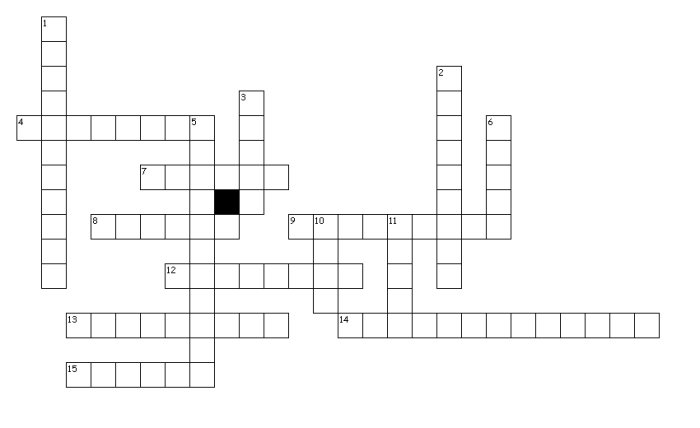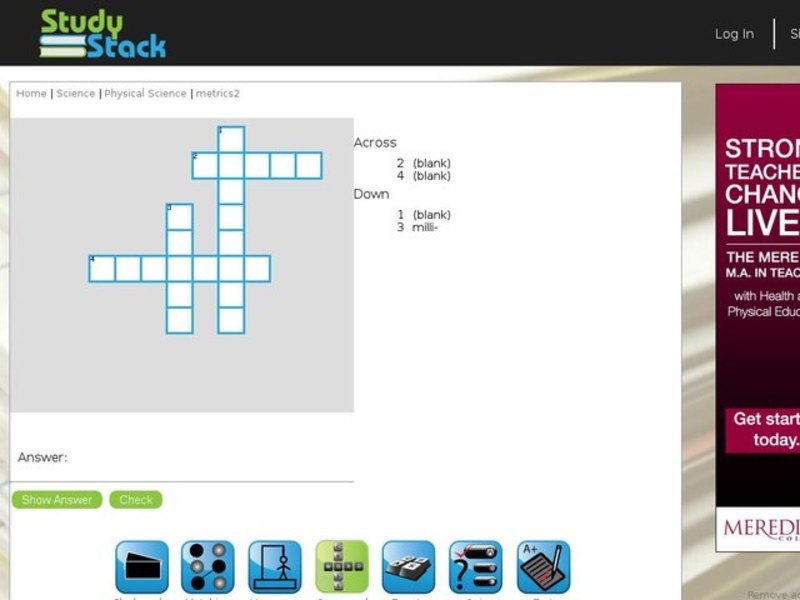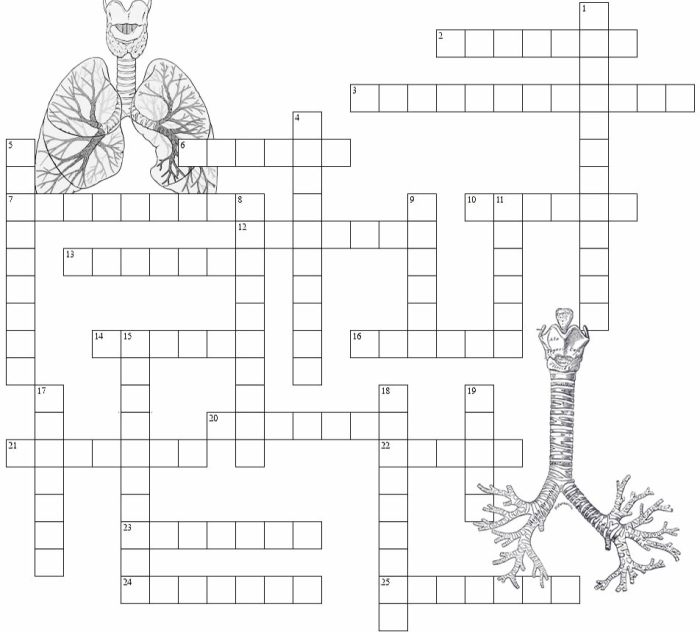Embark on an enlightening journey into the realm of metric system crossword puzzle answer keys, where precision meets erudition. Delve into the intricacies of this standardized measurement system, unraveling its historical origins, practical applications, and the key to solving crossword puzzles with metric-related clues.
Prepare to expand your knowledge and conquer the enigmatic world of metric measurements.
Metric System Overview

The metric system is an internationally standardized system of measurement that is based on the decimal system. It was developed in the late 18th century as a way to create a uniform system of measurement that could be used by all countries.
The metric system is based on seven base units: the meter, kilogram, second, ampere, kelvin, mole, and candela. These units are used to measure length, mass, time, electric current, temperature, amount of substance, and luminous intensity, respectively.
The metric system is used by most countries in the world, with the notable exceptions of the United States, Liberia, and Myanmar. There are many benefits to using the metric system, including its simplicity, its decimal base, and its international acceptance.
Metric System Units
| Unit | Symbol | Quantity Measured |
|---|---|---|
| Meter | m | Length |
| Kilogram | kg | Mass |
| Second | s | Time |
| Ampere | A | Electric current |
| Kelvin | K | Temperature |
| Mole | mol | Amount of substance |
| Candela | cd | Luminous intensity |
The metric system also uses a set of prefixes to indicate multiples and submultiples of units. These prefixes are:
- kilo (k): 1000
- hecto (h): 100
- deka (da): 10
- deci (d): 0.1
- centi (c): 0.01
- milli (m): 0.001
- micro (µ): 0.000001
- nano (n): 0.000000001
For example, a kilometer is 1000 meters, and a milligram is 0.001 grams.
Metric System Conversions, Metric system crossword puzzle answer key
Converting between different metric units is easy because they are all based on the decimal system. To convert from a larger unit to a smaller unit, multiply by 10. To convert from a smaller unit to a larger unit, divide by 10.
For example, to convert 5 kilometers to meters, multiply by 1000: 5 km × 1000 m/km = 5000 m.
To convert 200 grams to kilograms, divide by 1000: 200 g ÷ 1000 g/kg = 0.2 kg.
Here is a table that summarizes the conversion process:
| To Convert From | To | Multiply By |
|---|---|---|
| Larger unit | Smaller unit | 10 |
| Smaller unit | Larger unit | 0.1 |
Metric System Applications
The metric system is used in a wide variety of fields and industries, including:
- Science
- Engineering
- Medicine
- Manufacturing
- Transportation
- Commerce
There are many advantages to using the metric system in these applications, including its:
- Simplicity
- Decimal base
- International acceptance
For example, the metric system is used to measure the length of a human body, the mass of a chemical compound, the temperature of a fever, the electric current in a circuit, and the amount of substance in a chemical reaction.
Questions and Answers: Metric System Crossword Puzzle Answer Key
What is the primary purpose of the metric system?
The metric system was developed to establish a standardized system of measurement, ensuring uniformity and consistency in scientific and everyday applications.
Name some countries that have adopted the metric system.
The metric system is widely used in countries such as France, Germany, China, India, and most other nations worldwide, except for the United States and a few others.
How can I convert between different metric units?
Refer to conversion tables or use online calculators to convert between metric units. For example, to convert meters to centimeters, multiply the value by 100.

